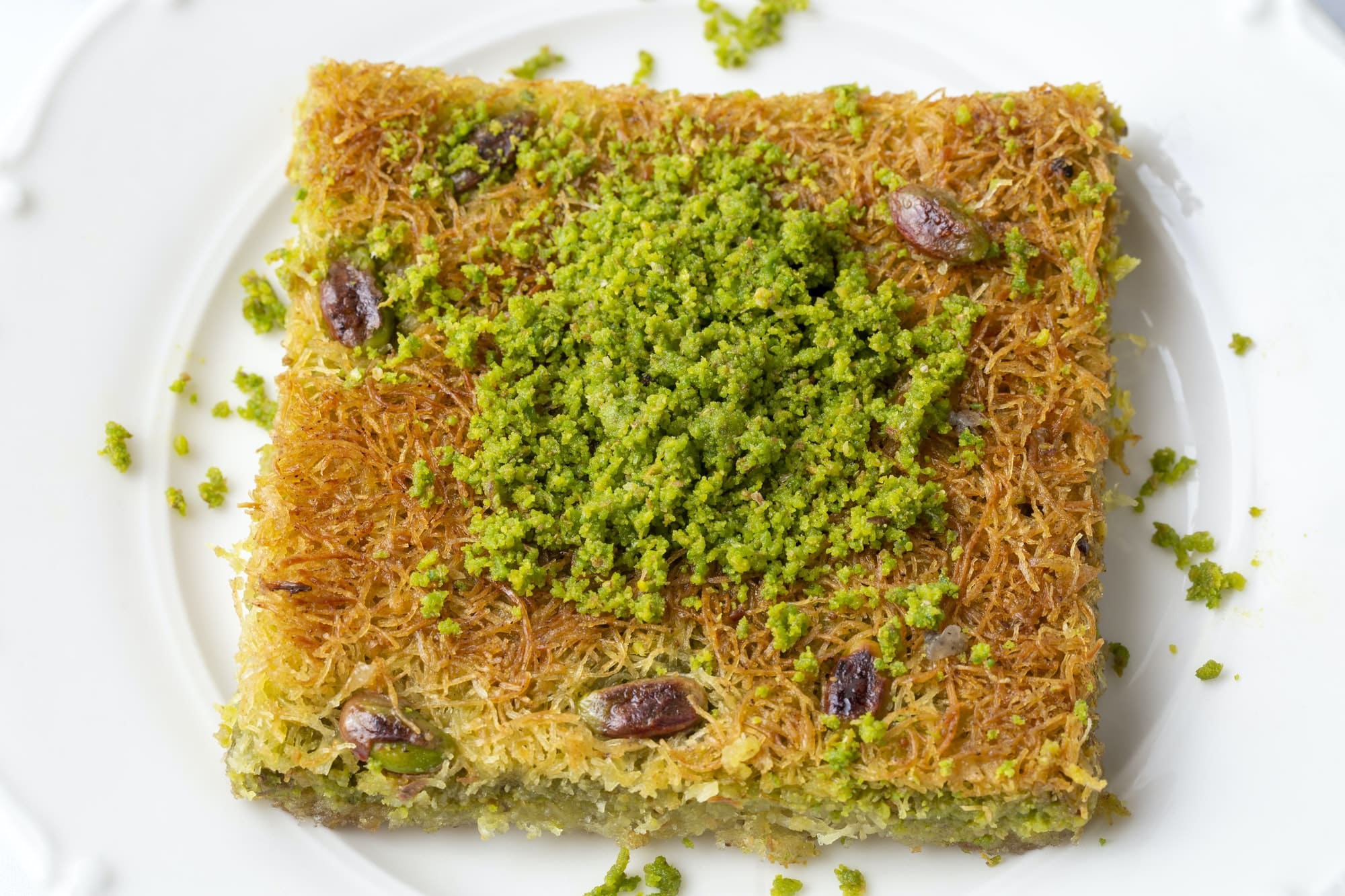What’s the Best Way to Prepare a Spanish Octopus Salad with Paprika?

In the culinary world, the octopus is a conundrum. It’s a delicacy, yet it can be daunting to prepare. The Spanish have mastered the art of transforming this cephalopod into a melt-in-your-mouth delicacy, and one of their most praised recipes is the Octopus Salad with Paprika. This dish, also known as ‘Pulpo a la Gallega’, intertwines the tender, briny octopus with the smoky heat of paprika and the richness of Spanish olive oil. Here, we’ll guide you on how to make this delightful dish in the comfort of your own kitchen.
Selecting and Preparing the Octopus
First things first, finding a fresh octopus. Most fishmongers will carry octopus, but you may have to order it in advance. Look for a bright, almost iridescent color, a sign of freshness. Avoid octopuses with a greenish hue, as they’re likely not as fresh.
Avez-vous vu cela : What’s the Secret to Crafting the Perfect Nutty Italian Amaretti Cookies?
Now, onto preparing the octopus. The trickiest part of cooking octopus is ensuring it doesn’t turn out too tough. The Spanish have a solution for this: their technique involves "scaring" the octopus. This means dipping it in boiling water three times before fully submerging it. This process will help to tenderize the meat and make it more pleasing to the palate.
To do this, fill a large pot with water and bring it to a boil. Add a generous amount of salt. Hold the octopus by the head and dip it into the boiling water, leaving it there for a few seconds before pulling it out. Repeat this process three times, then fully submerge the octopus in the water.
Dans le meme genre : How Can You Bake a Gourmet Fig and Pistachio Frangipane Tart?
Cooking the Octopus
You’ll need to simmer the octopus for about 45 minutes, but the actual cooking time will depend on its size. Keep the water at a gentle simmer, not a rolling boil; too much heat can toughen the meat.
Once the octopus is cooked, let it cool in its own water. This will allow the octopus to reabsorb some of the flavors it has lost during cooking. You can even keep it in the water until you’re ready to assemble the salad.
Assembling and Dressing the Salad
While the octopus is cooling, you’ll have time to prepare the rest of the salad. This step is all about preference. Some people prefer a simple salad, with just potatoes and octopus, while others like to add tomatoes, onions, and even olives.
Regardless of what you choose to include, all the ingredients should be fresh. Cut them into bite-sized pieces, making them easy to mix and eat.
Next, you need to dress the salad. A good quality Spanish olive oil will enhance the flavors of the ingredients, adding a level of richness and smoothness. Sprinkle the salad with paprika – the smoky, slightly spicy flavor will complement the brininess of the octopus and the freshness of the vegetables.
Serving the Salad
Once you’ve dressed the salad, it’s time to serve it. The Spanish would traditionally present it on a wooden plate, but you can use any large platter. Arrange the salad in a way that showcases the ingredients, with the octopus taking center stage.
Remember, the key when serving is to strike a balance – you want your guests to taste all the ingredients in each bite. So, don’t overload the plate with too many ingredients.
Key Takeaways
This Spanish octopus salad recipe is all about balance – the tenderness of the octopus, the crispness of the vegetables, the richness of the olive oil, and the heat of the paprika. Each ingredient plays its part.
Preparing octopus may seem daunting, but with a little confidence and patience, you will master this dish. So, don’t hesitate to try this recipe. It’s not just a salad, it’s an experience, a celebration of flavors that will transport you to the sunny coasts of Spain. So, roll up your sleeves, put on your apron, and let’s get cooking!
The Role of Olive Oil and Other Ingredients
Olive oil, particularly Spanish olive oil, is a crucial component in this dish. It provides a luscious mouthfeel and enhances the flavors of the octopus and the vegetables. When choosing olive oil, opt for extra-virgin as it has a more pronounced flavor that will add depth to your salad.
Along with olive oil, you’ll need some red wine vinegar. Just a splash of the vinegar will add a nice tang that balances the richness of the olive oil and octopus. While red wine vinegar is traditional in this recipe, feel free to experiment with other types of vinegar based on your preference.
In addition to olive oil and vinegar, you’ll need a good quality smoked paprika. Smoked paprika is a trademark of Spanish cuisine, and it’s what gives this salad its unique flavor. It adds some heat and smokiness, which contrasts beautifully with the octopus’s brininess.
Remember to season the salad with salt and pepper to taste. Salt not only enhances flavor but also aids in the tenderization of the octopus. Bay leaves can also be added while boiling the octopus to infuse it with more flavor.
Sous Vide Method for Cooking Octopus
An alternative method for cooking octopus is sous vide, a technique that involves sealing the food in a plastic bag and cooking it in a water bath at a precise temperature. This method is hailed for its ability to produce perfectly cooked food every time, and it works wonderfully for octopus.
To cook octopus sous vide, you’ll need a sous vide machine. Set the machine to 185°F (85°C) and place the octopus in a sealed vacuum bag. Cook it for about five hours, making sure the octopus is fully submerged in the water bath.
Once cooked, let the octopus cool in the fridge inside the bag. This will allow it to reabsorb its juices, resulting in a more flavorful octopus. After it has cooled, you can cut it into pieces and proceed with the salad assembly as described in the previous sections.
The Final Word on Making Pulpo a la Gallega
Creating an authentic Pulpo a la Gallega or Spanish Octopus Salad with Paprika at home is not as tricky as it may seem. With the right set of fresh ingredients, particularly the octopus and high-quality smoked paprika, you can replicate this Spanish delicacy effortlessly.
Whether you choose to simmer the octopus traditionally or use the sous vide method, the key to a tender octopus lies in the cooking time and temperature. The dressing of the salad with Spanish olive oil and red wine vinegar ties all the flavors together, creating a perfect balance between the tender octopus, the crisp vegetables, and the smoky heat from the paprika.
In conclusion, this Spanish Octopus Salad is not just a recipe – it’s a lesson in balance, flavor, and texture that encapsulates the essence of Spanish cuisine. So don’t just cook – savor the experience, enjoy the process and most importantly, share the taste of Spain with your friends and family through this delightful dish. After all, good food is meant to be shared. Happy cooking!
